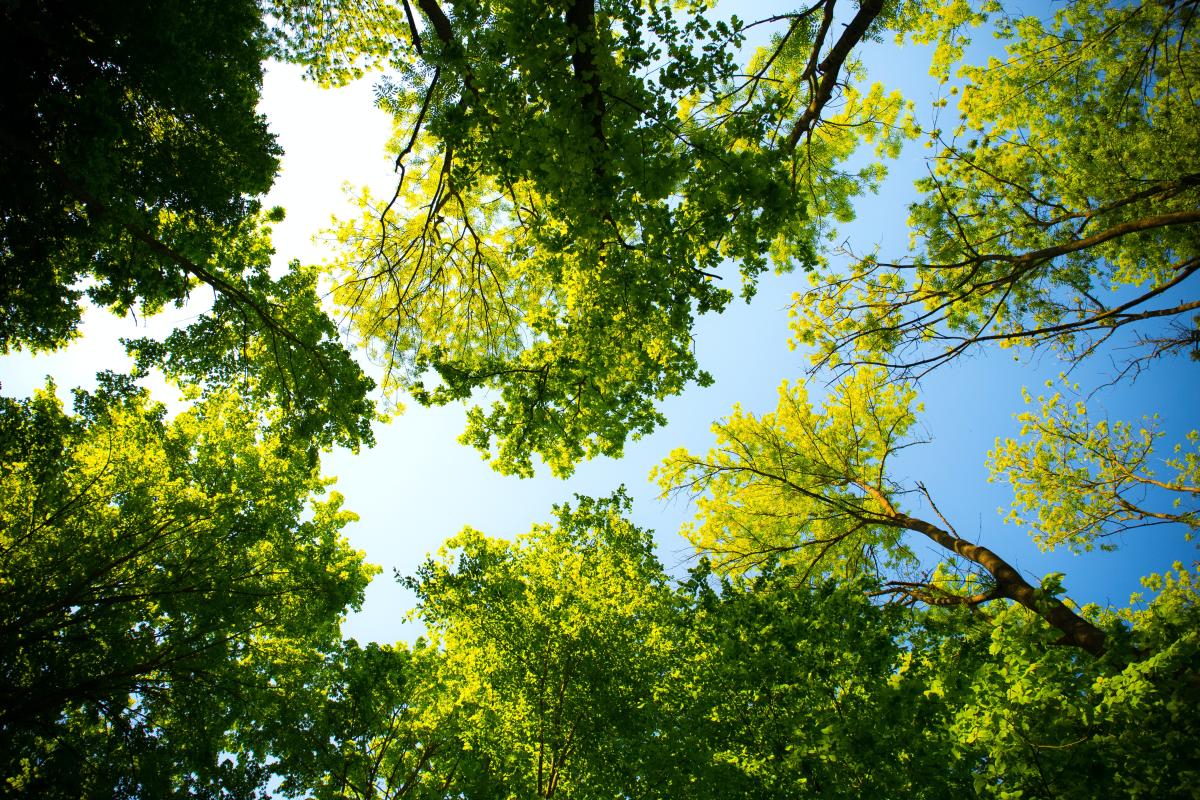
Biological Clean Up
by SREEVELMURUGAN VAMADEVAN
This lesson will help the students to identify methods to analyze, describe and demonstrate a data set of their choice. In this lesson, we are using a digital evolution software called Avida, created by a group of computer scientists and software engineers interested in the experimental study of digital organisms in order to better understand how biological natural selection works and then apply that knowledge to solving computational problems.
Lesson Plan Link/URL
https://docs.google.com/presentation/d/1yTzGmpDBsuYVsCQb4rdAdQv8VnZD8qXb/edit?u…Subject Area
Science Life Science L2: Organisms & Energy Technology 2. Digital Citizen Mathematics Measurement and Data (MD) Statistics and Probability (SP)
Featured
Off
Related Content

Grades:
9th Grade, 10th Grade, 11th Grade, 12th Grade
This lesson is designed to introduce the concept of composting and its importance for sustainability and waste reduction. This lesson takes place in a classroom and school garden for two or more weeks

Grades:
10th Grade, 11th Grade, 12th Grade
In this hands-on lesson, students study and record water quality readings by gaining an understanding of the significance of the readings along with the use of the correct vocabulary.

Grades:
9th Grade, 10th Grade, 11th Grade, 12th Grade
In this engaging lesson, students move the learning from within the classroom to outside its walls in order to study and record air quality readings (with no tech and tech applications). Students gain